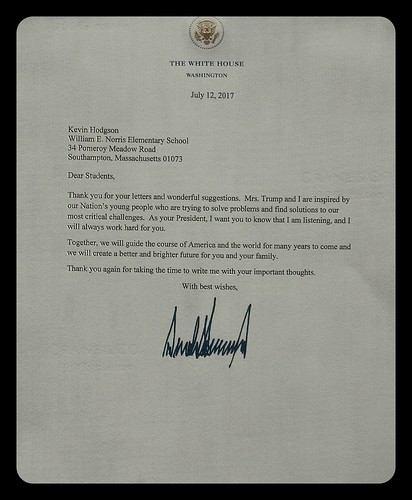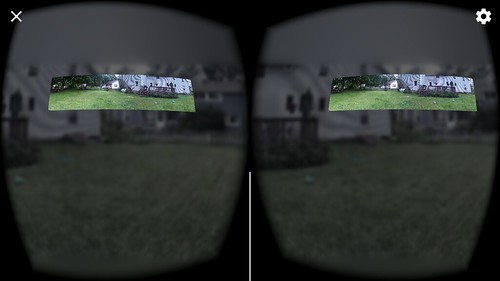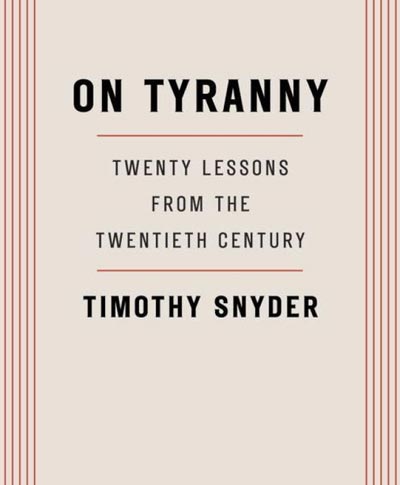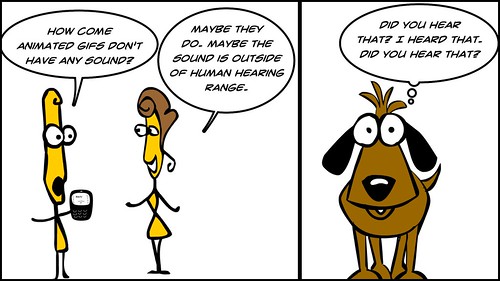It was the final days of the school year, late June, when one of my sixth grade students asked in the middle of class: Do you think President Trump will respond to what we wrote? Even now, I bite my tongue. Do you really want him to, I asked in my head.
Out loud, in my neutral teacher voice, I responded to his question: “Not yet but he might.”
My students took part in the Letters to the Next President project, even though they were too young (under 13 years old) to be part of Educator Innovator’s online initiative. We did it on our own, using the Educator Innovator’s framework for choosing topics, doing research on a topic, writing to the next president (at a time when we did not know who would win the election).
We mailed off a package of the student Letters to the Next President in late January, following the Inauguration, and then heard nothing. (We didn’t check his Twitter account, but we suspected he might be busy with other things.)
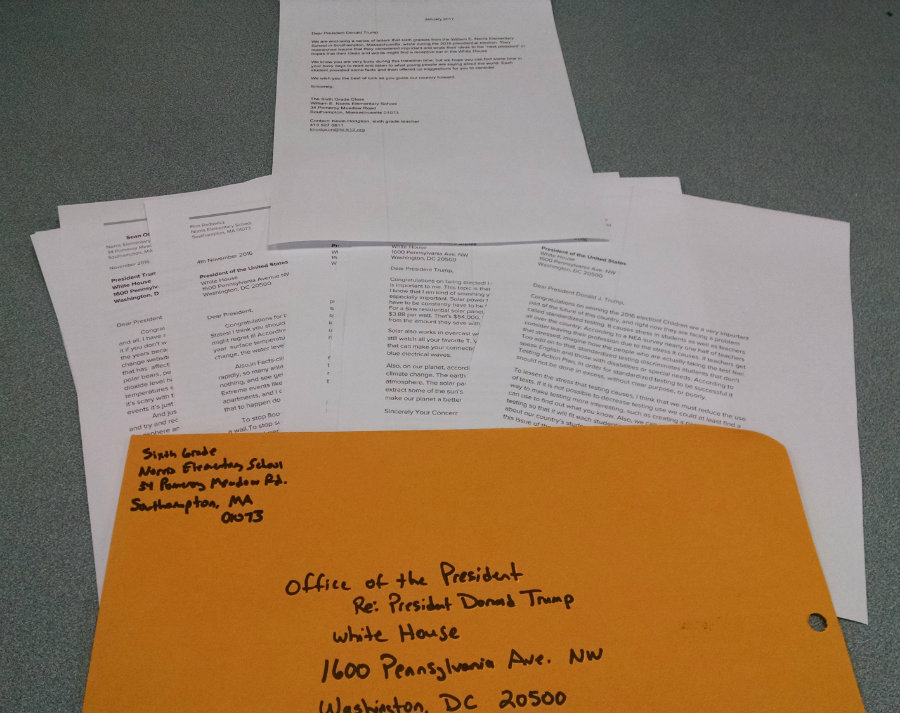
Then, I went to my classroom this week to bring in some books and do a little organizing before the start of our new school year coming up a bit too fast, and there on my desk was an envelope from the White House, postmarked mid-July.
Trump responded, or rather, his staff responded in an upbeat tone.
I don’t get the sense that this was written by the president. I could be wrong. Now, to share it with my former students …
Peace (please),
Kevin

